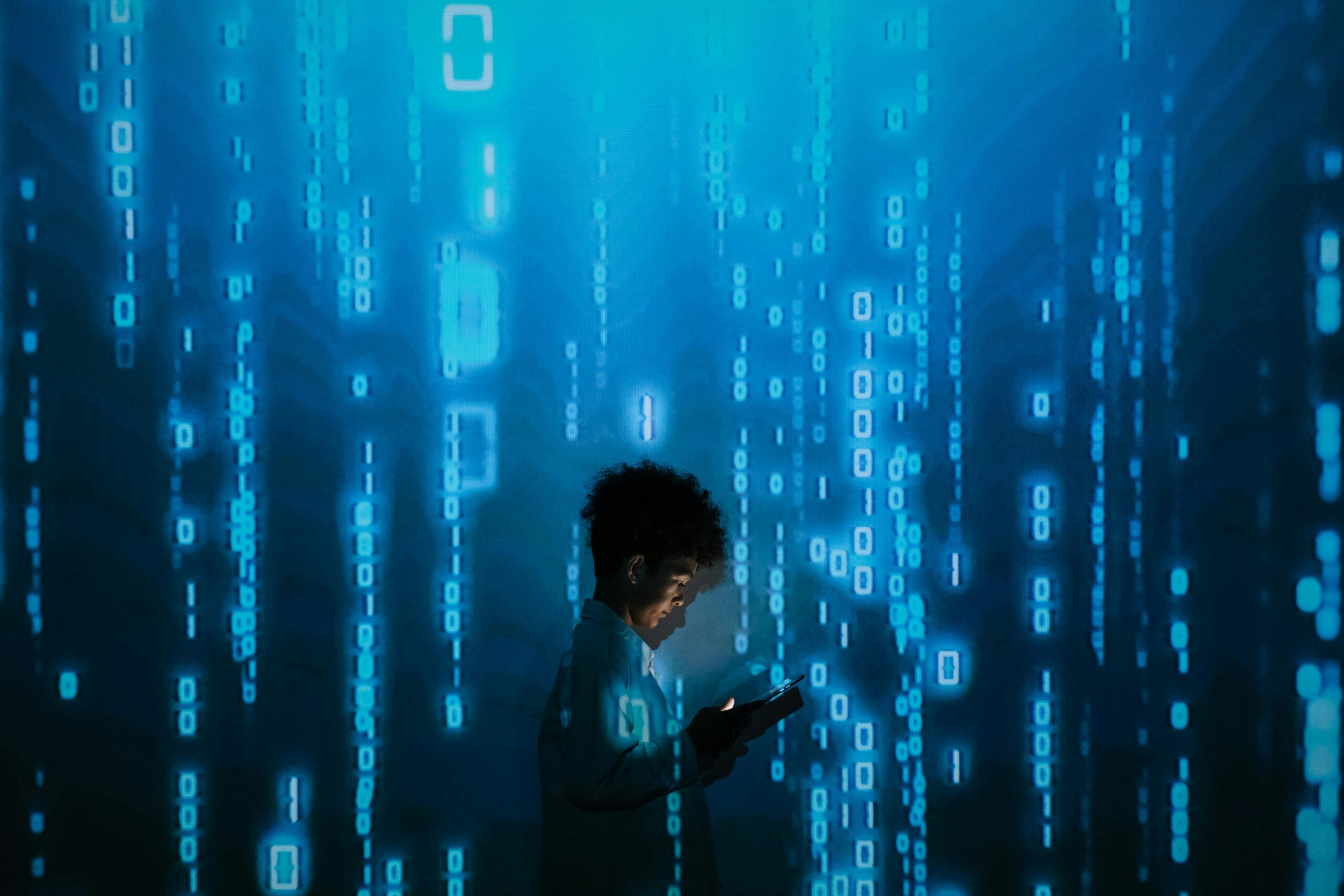Student Resources
COVID-19 and Adult Continuing Education

COVID has changed how education both full-time and continuing education are delivered mainly to online learning. But Covid has not led us to be more aware of what adult education contributes as it has to what international students contribute.
We need to see stories on adult education in the mainstream press, the number of students, the fees they bring in, how adults will adapt to going online.
When we read the dailies the education news is about children and youth at schools (elementary and secondary and post secondary). When will they go back? How will they go back? Then international students who pay triple and more to attend our secondary and post-secondary programs are news as educational providers have become very dependent on this revenue stream. With travel restrictions and moves to online learning, the potential loss of these students and their premium tuition will affect university funding and is therefore news.
Rarely if ever are there stories about adult continuing education yet lifelong learning has become a key component of our lives today. There are several key program areas for each educational provider and they are a key source of income either from government grants for free programs or tuitions which are slightly higher. If you go full time, you are entitled to a number of courses for a yearly tuition, but if you take each one of those courses part time you will pay more for each course- a mild premium. At one time adult continuing education was considered the money maker for an educational provider but then international students became a more lucrative one as they pay triple and more for each program.
Learning Curves thinks that one of the reasons you do not see stories about adult continuing education is it is very diverse, each educational sector (universities, colleges, schools, community programs, career colleges) offers several program areas targeted to adult learners. It is hard to picture all the pieces of this field in a complete mosaic.
Youth are moving up a ladder, secondary to postsecondary one provider at a time. But as an adult learner you could be taking a course from two or more providers at the same time. For example you could be pursuing a Certificate program at the Ryerson Chang School of Continuing Education one night a week, taking an art course at the Toronto District School Board Learn4 Life program on Saturday, and picking up an online course at Centennial College about Adults with Learning Disabilities. The adult is reaching out from their centre of interest to meet diverse needs.
It has got more complicated as many youths will pick up a course at the continuing education program at their home provider or another provider online, which is equivalent to one in their day time program. And adults can pick up a course in the day program as a special student or even go back to school full time to change careers. They also earn credits at different providers and transfer the credit back into their home provider.
So how do you do a story about such a mosaic? How have the providers in this mosaic changed their mode of delivering in this COVID world? Learning Curves has gone over back issues and updated and reconfigured summary articles of each sector into charts to give you a whole picture of the adult continuing education field at universities, colleges, schools, community programs, career colleges. Then we noted most have gone online or just dropped courses till COVID is over.
Further it is important to note adult continuing education programs are run on a market basis more so than educational institutions competing for youth coming out of high school. You can do an academic upgrading course at universities, colleges, schools, community programs so it is not in the interest of any one provider to promote an overview of all providers or show you all your choices in the mosaic.
Learning Curves’ mandate is to help adults go back to school, so we have a learner mandate, many of articles are overviews of choice. In Finland they have Learning Information Centres for adults that do provide that overview of choice. Here we only have this type of service (CLARS Canada Language Assessment and Referral Services) for ESL programs, much needed as newcomers are new to our educational infrastructure so where to look is more of a challenge. Further online searches depend on using the right key word and being new to the language, this is a challenge.
Note Learning Curves and the Finnish Adult Learning Centres are projects of Workers’ Educational Associations, another story.
Finally we would like to again assert the importance of adult continuing education and lament its lack of recognition. If you have 44,000 full time students each taking five courses, or at least three courses to be considered full time and 70,000 registrations for adults going part-time taking at least one course paying a bit of a premium per course, both student bodies are key to the educational provider’s survival and the adult student’s development. Further using Ryerson stats, 44,000 students going full-time at a minimum of 3 courses each equals 132,000 registrations, the 70,000 registrations for adult continuing education students is more than half this. Even if 20% of these adult continuing education students decided not to go back doing online during COVID, the institutional finances would take a major hit. Consider during COVID some ESL classes have lost half their registrations after going online. Further with ESL, given that immigration has all but halted during COVID, the pool of newcomers for ESL programs will take another major hit. We need to give adult continuing education its due in the mainstream press-to make its significance more visible.





